What is the tolerance range of precision screws?
What is the tolerance range of precision screws?
Service Hotline
+86760-8787 8587We have more than ten years of experience in screw industry production. The main products are: 4.8 grade galvanized washers, GB806 nickel-plated galvanized high-head knurled large head nuts, 9-shaped anchor plate screws, round aluminum alloy screws, automobile tire nuts, groove type Nuts, cup head extension screws, chemical rivet screws, enlarged, thickened and widened flat washers, counter-tapping screws, K-shaped K-shaped toothed lock nuts, copper column motherboard screws and nuts, square nuts and nuts, GB820 bolts, butterfly Fasteners such as nuts, due to the different materials and specifications of the products, the prices are also different, please contact us if necessary.


Fasteners are an indispensable necessity in our lives and are used to flexibly fix two objects. However, in applications such as automobiles, large construction machinery and factories, the nuts often come loose and then fall off, resulting in frequent dangers and great dangers. Threats to people's lives and property.
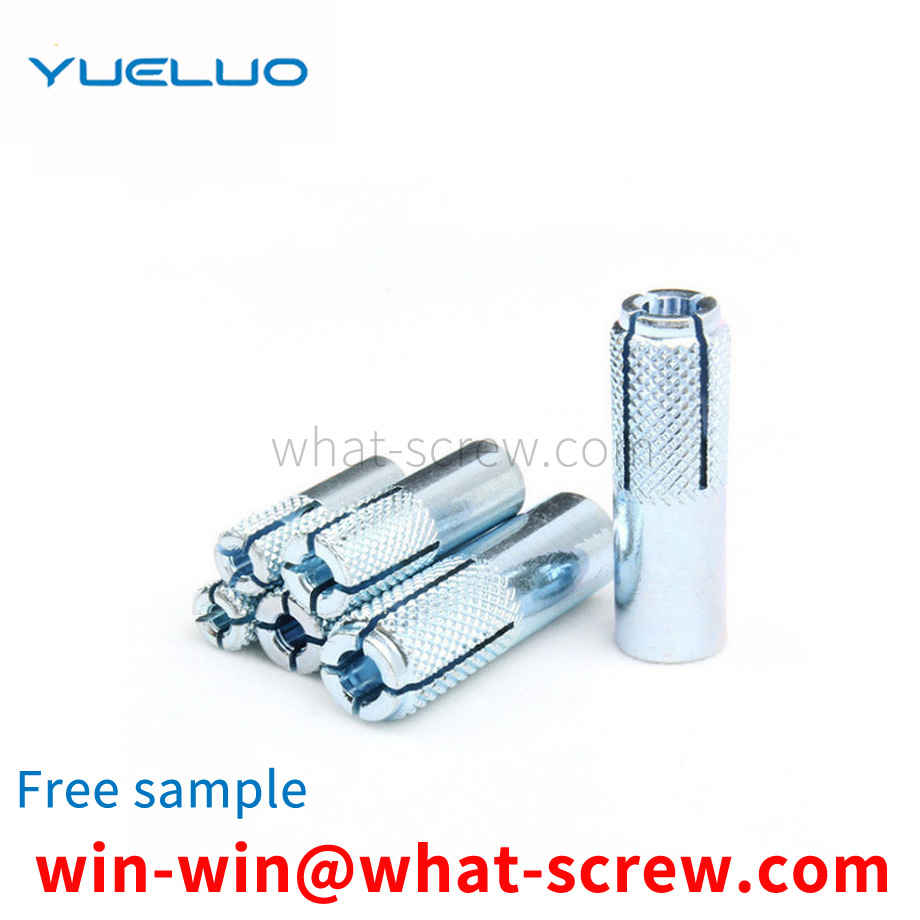
In the mechanical structure, the existing seals are used on the end face of the bolt or the end face of the oil joint. The copper washer is often used as the seal, and the copper washer can only be used once, and it will become hard after the second use, reducing its sealing performance. Especially when it is used on the oil drain bolt (also known as the oil drain plug) of the oil pan of the automobile engine, it is necessary to do a maintenance and replace a copper washer, otherwise it is easy to cause oil leakage. Even so, the wear of the screw hole of the engine oil pan is also very big. It is also difficult for ordinary auto repair shops to replace one copper washer at a time.
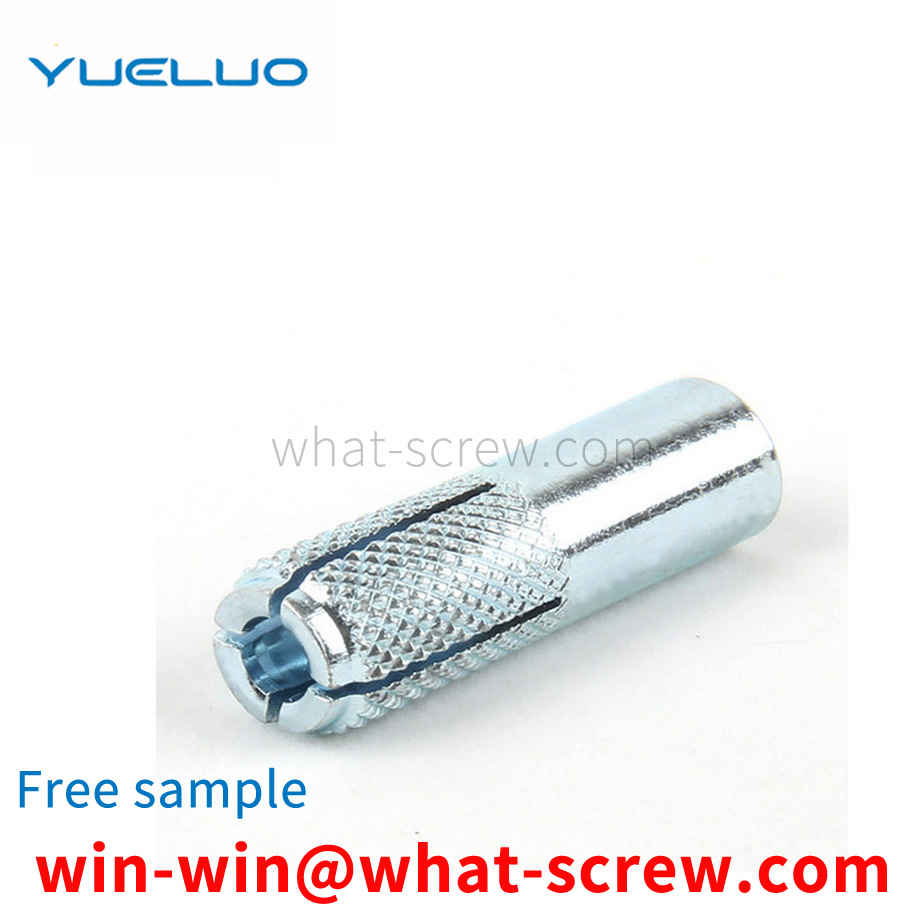
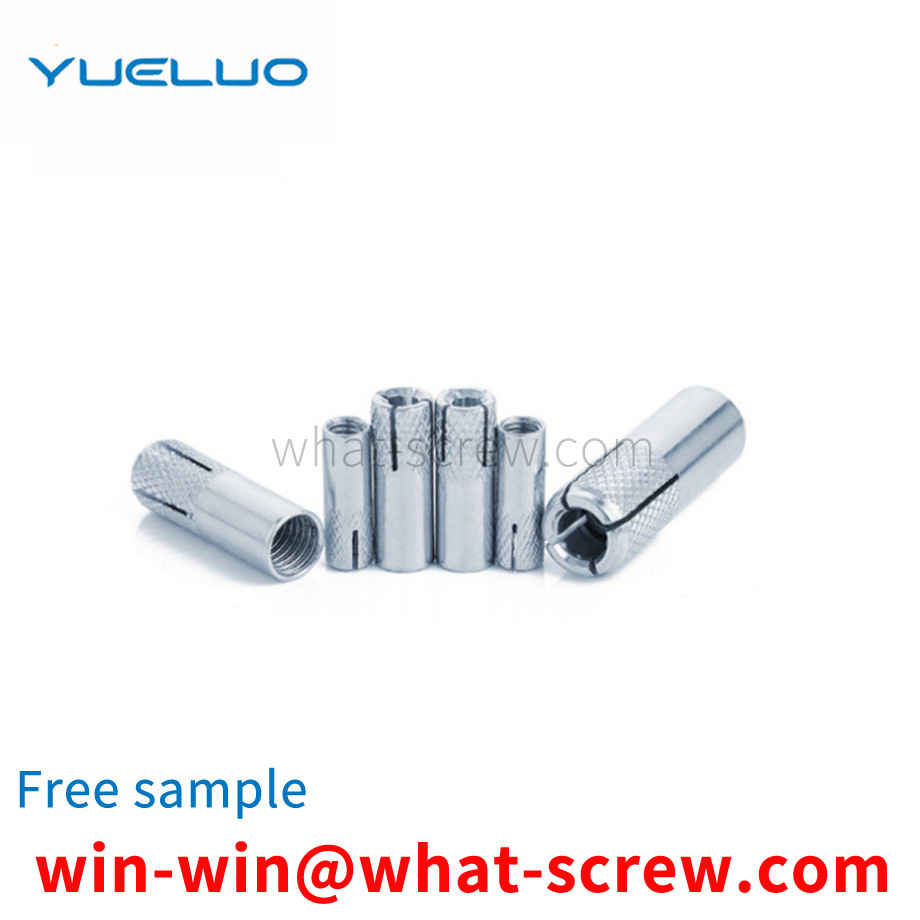
The drawing process has two purposes, one is to modify the size of the raw materials; the other is to obtain basic mechanical properties of the fasteners through deformation and strengthening. For medium carbon steel, medium carbon alloy steel also has another purpose, that is, to make the wire rod. The flaky cementite obtained after controlled cooling is cracked as much as possible during the drawing process to prepare for the subsequent spheroidization (softening) annealing to obtain granular cementite. However, some manufacturers arbitrarily reduce the drawing in order to reduce costs. The excessive reduction rate increases the work hardening tendency of the wire rod, which directly affects the cold heading performance of the wire rod. If the distribution of the reduction ratio of each pass is not appropriate, it will also cause torsional cracks in the wire rod during the drawing process. In addition, if the lubrication is not good during the drawing process, it can also cause regular transverse cracks in the cold drawn wire rod. The tangential direction of the wire rod and the wire drawing die is not concentric at the same time when the wire rod is rolled out of the die, which will cause the wear of the unilateral hole pattern of the wire drawing die to aggravate, make the inner hole out of round, and cause uneven drawing deformation in the circumferential direction of the wire. The roundness of the steel wire is out of tolerance, and the cross-sectional stress of the steel wire is not uniform during the cold heading process, which affects the cold heading pass rate. During the drawing process of the wire rod, the excessive surface reduction ratio will deteriorate the surface quality of the steel wire, while the too low surface reduction ratio is not conducive to the crushing of the flaky cementite, and it is difficult to obtain as much granular cementite as possible. , that is, the spheroidization rate of cementite is low, which is extremely unfavorable to the cold heading performance of the steel wire. For the bar and wire rod produced by the drawing method, the partial surface reduction rate is directly controlled within the range of 10%-15%.
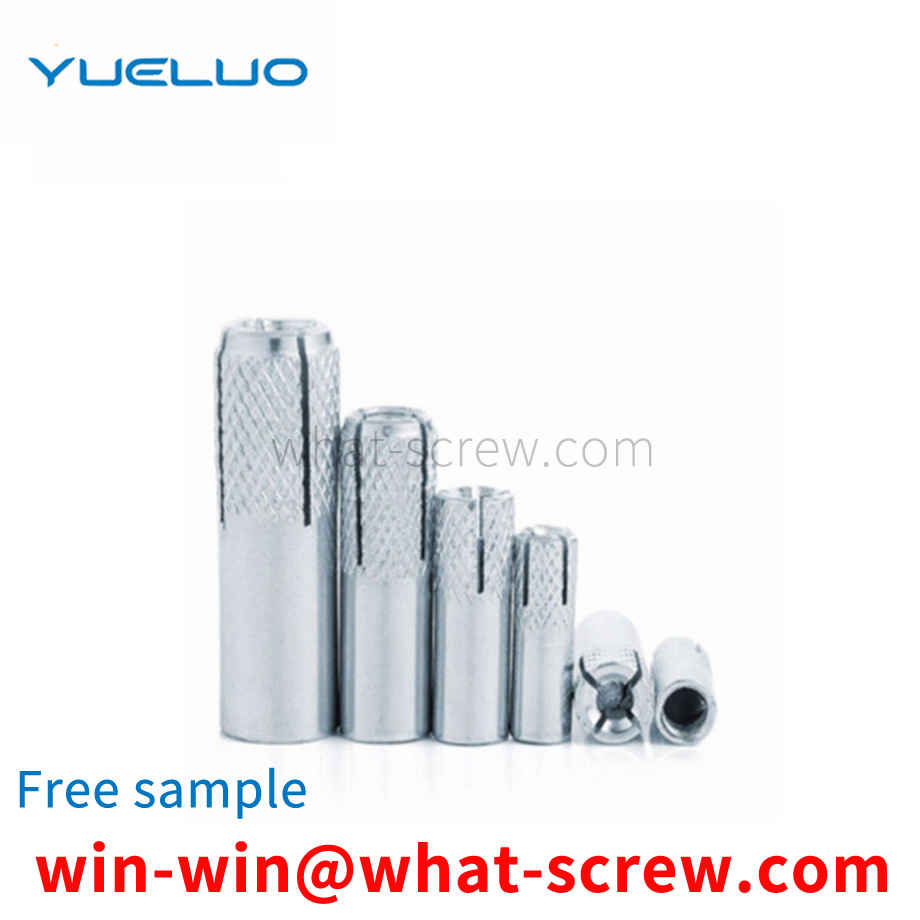
The independent pocket spring pad includes a large number of independent pocket springs, and these independent pocket springs are regularly arranged in rows and columns to form a spring pad. Wherein, each row of pocket spring rows is laterally bonded to the adjacent row of pocket spring rows.
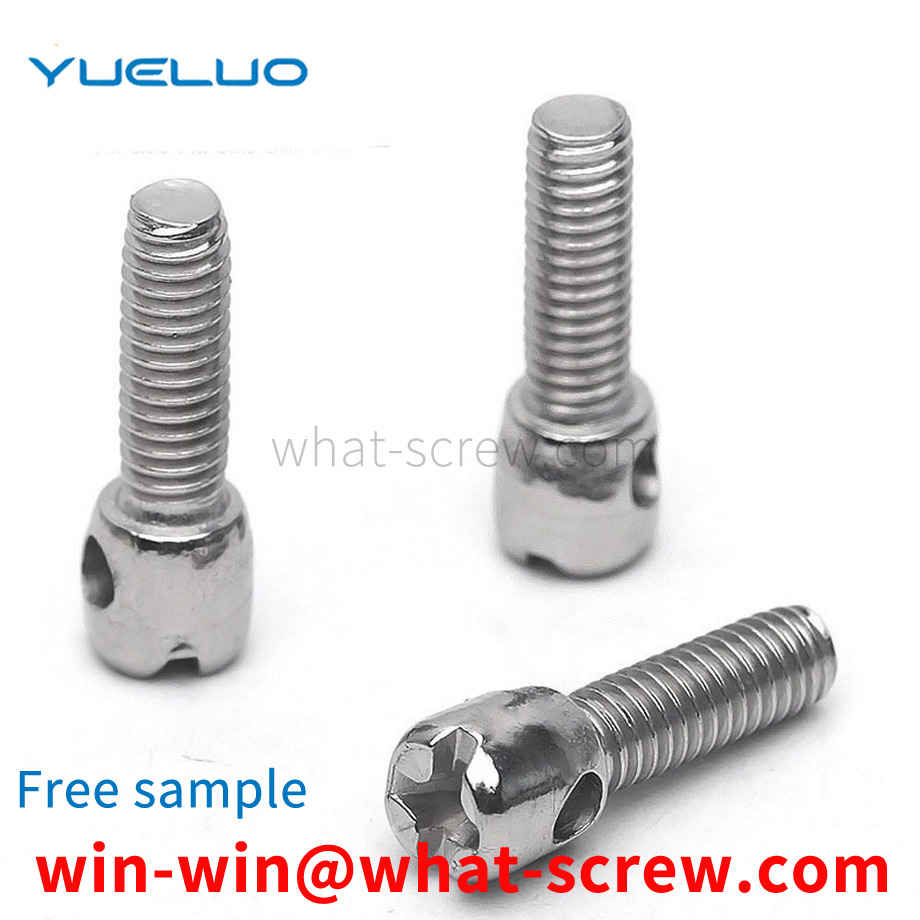
The above content is uploaded by Yueluo or the Internet. If there is any copyright issue, please contact [email protected].

What is the tolerance range of precision screws?

How to choose the right stainless steel screw manufacturer?

Why is there an R angle under the head of the hexagon head s...
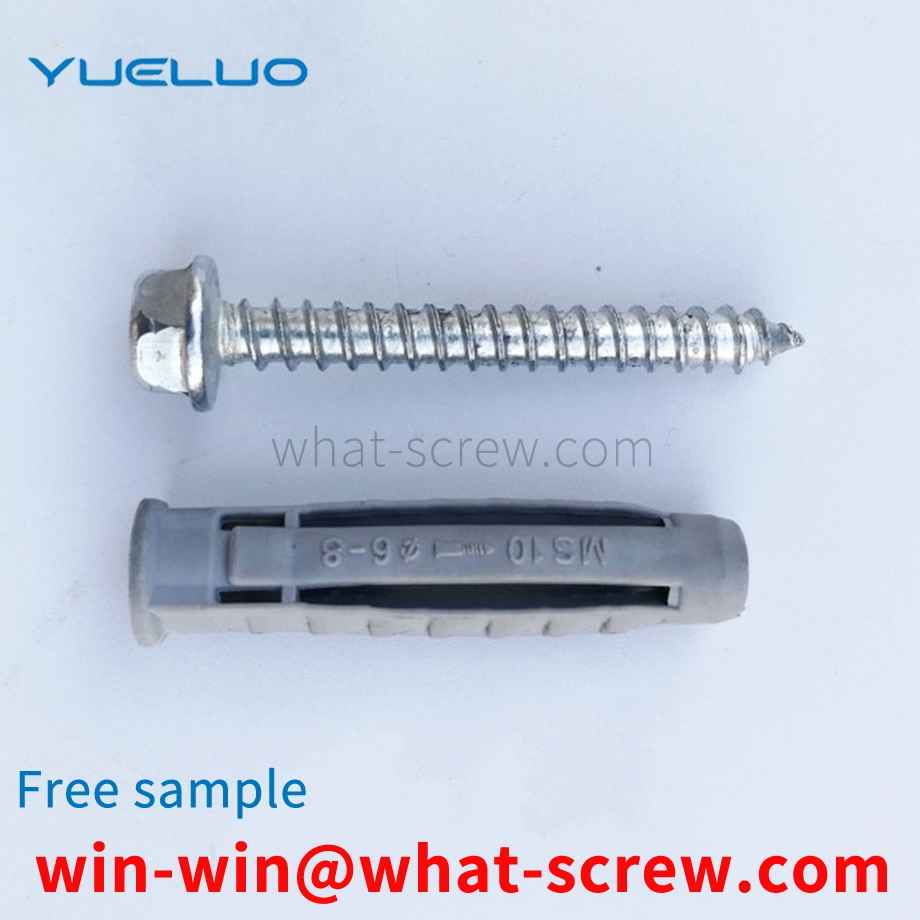
We have more than ten years of screw industry production exp...

We have more than ten years of experience in the production ...

We have more than ten years of production experience in the ...
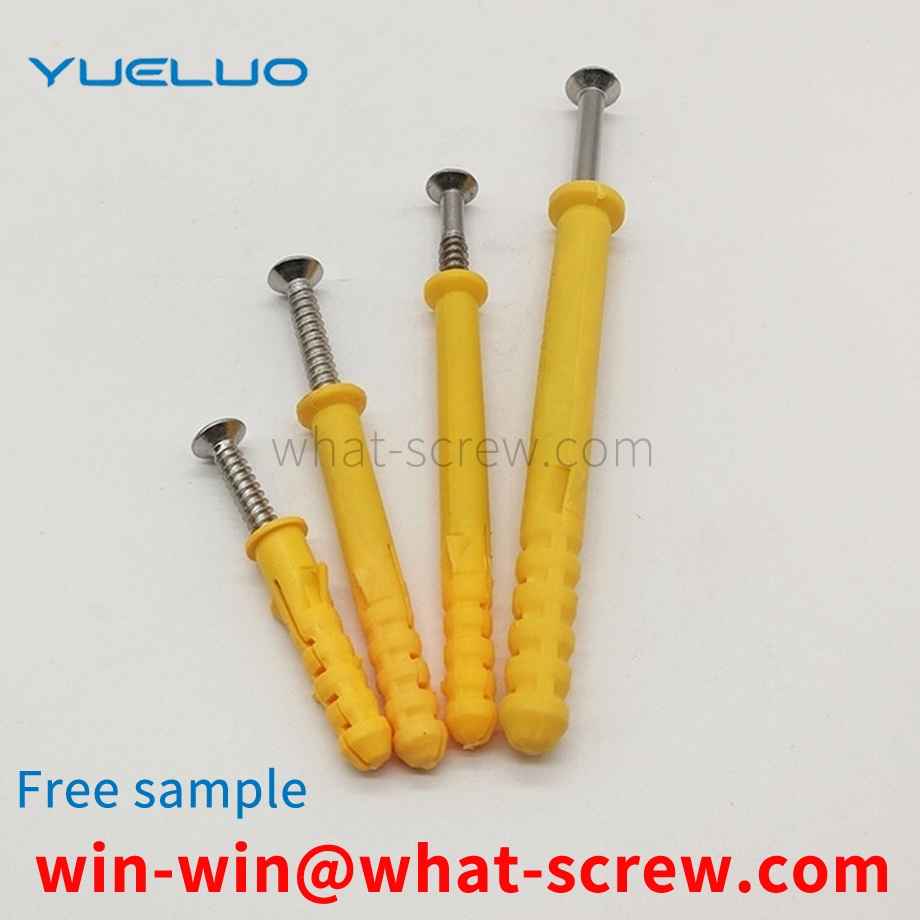
We have more than ten years of production experience in the ...